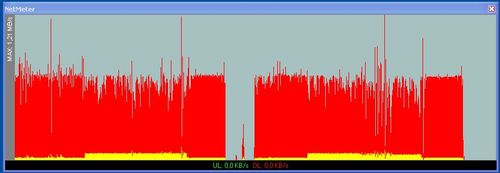Last week I met Thierry Samama in Paris, who is looking after ip.access' pico- and femtocell business in France to discuss a bit about the wireless industry and, of course, about femto cells. I asked him what he thinks about accessing devices at home via a 3G device directly via the femtocell instead of going through an operators core network. It was good to hear that ip.access is actually already working on this and he pointed me to this video in which they demo their connected home services capabilities. The video doesn't give many technical details but the applications shown are just what I had in mind concerning interaction between 3G handsets and devices at home such as a media server, TV set, etc.
The Key To The User's Heart
To me, accessing the home network via the femtocell holds the key for users actually wanting a femtocell at home. An alternative are of course dual mode devices with a Wifi interface. However, without pre-configuration of those devices by the mobile operator, who could of course do that if they wanted to, most people will have difficulties configuring the device to make use of them in the home network. Definitely an advantage for femtocells since no configuration of the mobile is required.
The video doesn't say exactly how local access works and how the applications on the Windows Mobile driven devices access devices and in the home network. UPNP perhaps? Nokia has already made strides in this direction with UPNP, which is part of S60 and Nseries phones which come equipped with a Wifi interface.
Femto In A Bundle
So I think femtos packaged together in a single box with Wifi and DSL/cable access sold by a converged fixed/mobile operator will best sell in a bundle which also includes mobile devices, pre-configured applications on them that can access resources in the home network, a media server at home and some IPTV. So instead of getting a subscription for a DSL line which includes IPTV and fixed line telephony offered these days in many countries, I could very well imagine that the femto that allows local access forms the bridge to the wireless world and removes the need for that extra telephone line. Others like Nokia are likely to take the Wifi/UPNP approach and it will be interesting to see how the different approaches compete with each other.
For more info on Femtos, connected home services, handover, autoconfiguration etc. have a look at ip.access' home page, they've got some good ressources there.

